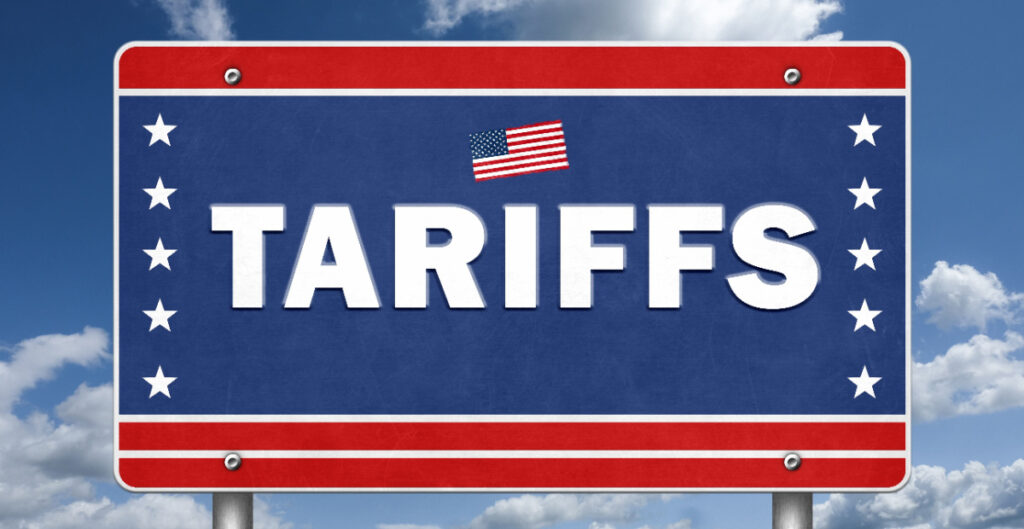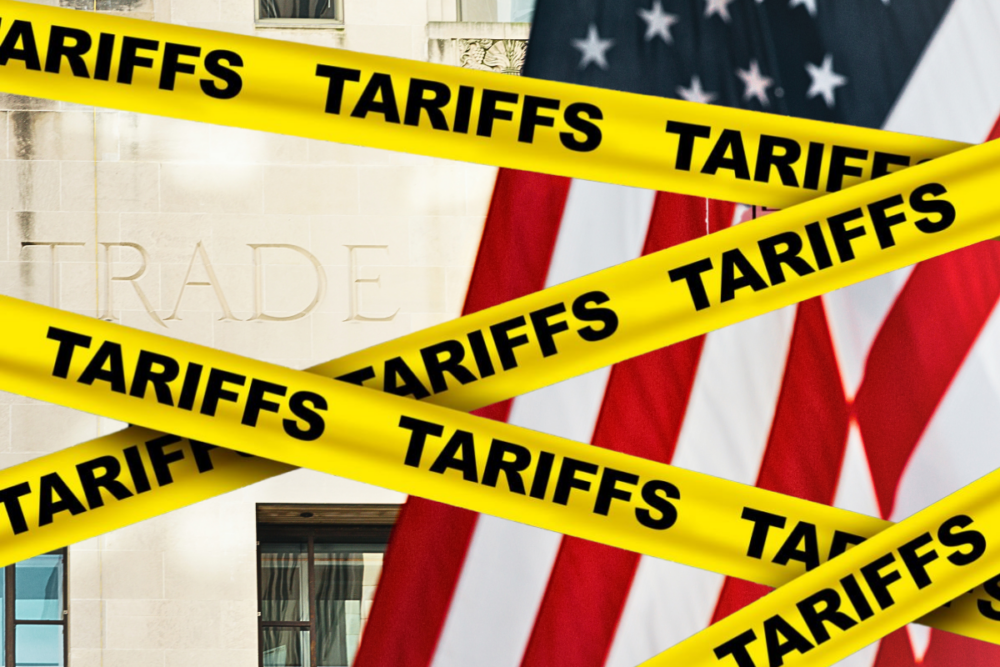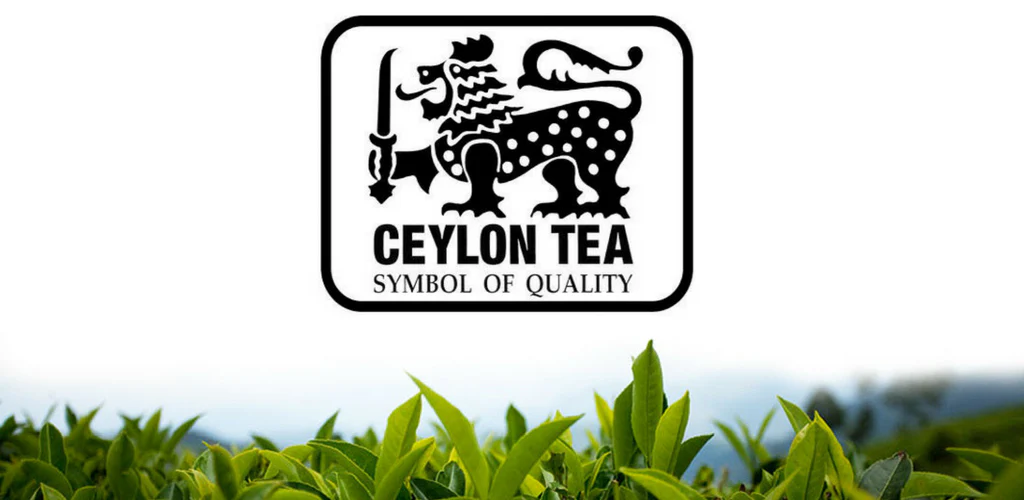Trade wars between global giants are not new, but each new round carries fresh risks and opportunities. In 2025, tensions between the United States and its major trading partners are once again heating up, with talk of new tariffs on Chinese electronics, European green-tech subsidies, and retaliatory measures flying back and forth.
It might seem distant – something for Washington, Beijing, and Brussels to worry about. But for Sri Lanka, a country trying to stabilise its economy and rebuild after crises, these global shifts are anything but abstract. The consequences will be felt in our factories, ports, supermarkets, and households.
This isn’t just about policy. It’s about jobs, prices, opportunity – and the choices our leaders and businesses make in the months ahead.
What is the Tariff War All About?
A “tariff war” is when countries impose higher taxes on each other’s goods, trying to protect local industries or punish perceived unfair practices. It sounds simple, but the outcomes are rarely so.
Companies scramble to redesign supply chains, prices go up for consumers, trade slows down, and uncertainty grips the markets.
This year, the US is considering higher tariffs on Chinese tech products, partly to reduce dependence on Chinese manufacturing. In return, China is threatening to tax American goods from cars to agriculture. Simultaneously, disputes are brewing with the EU over subsidies for green industries and digital services taxes.
For major economies, this is about strategic rivalry. For smaller ones like Sri Lanka, it’s a question of survival in an interconnected world.
The Human Cost of a Trade War
It’s easy to talk about macroeconomics and trade balances, but for many Sri Lankans, the impact of tariff wars will show up in far more personal ways:
Factory workers seeing reduced orders from Europe and the US.
Small exporters struggling to find buyers when demand slows.
Families paying more for imported goods if prices rise.
Farmers facing unstable commodity markets and price volatility.
When big economies fight, small ones often pay the price.
How Sri Lanka Gets Caught in the Crossfire
Sri Lanka does not have any direct trade war with the United States. But our economy is heavily trade-dependent and deeply connected to global markets.
Here’s how the fallout spreads:
Weaker Global Demand
When the US and China slap tariffs on each other, trade slows. Western retailers and manufacturers order fewer clothes, tyres, rubber products, and tea. That means less work for our factories in Katunayake and Biyagama, fewer shifts for workers, and smaller paycheques for families.
Supply Chain Shifts – For Better or Worse
Some companies want to move production out of China to avoid US tariffs. That’s an opportunity for Sri Lanka to attract manufacturing. But it’s competitive – Vietnam, Bangladesh, and India are all vying for the same deals. Sri Lanka needs infrastructure, stable policies, and investment-friendly reforms to compete.
Higher Import Costs
Tariff wars often raise shipping costs. A slowdown in global trade can mean fewer ships on certain routes, pushing up freight rates. For a country importing everything from fuel to medicine to school supplies, this can drive inflation higher.
Commodity Price Instability
Global commodity prices – tea, rubber, spices – can get unpredictable. When demand falls in key markets, prices tumble. Smallholder farmers in Galle or Kandy can suddenly see their incomes drop, even though they have nothing to do with trade battles in Washington or Beijing.

Local Businesses Feel the Pressure
For Sri Lankan businesses, this isn’t theory – it’s real risk.
Exporters worry about cancelled orders.
Importers worry about costlier freight and tariffs they may face re-exporting through value-added products.
Retailers see squeezed margins if wholesale costs rise.
Consumers, already under inflation pressure, face higher shop prices.
It’s a chain reaction – and everyone is in it.
Is There Any Silver Lining?
It’s not all bad news. Trade tensions can create openings if Sri Lanka plays its cards right.
Market Diversification – Instead of relying heavily on the EU and US, exporters can seek new markets in Asia, the Middle East, and Africa.
Manufacturing Relocation – Companies seeking “China plus one” strategies might consider Sri Lanka if we can improve logistics, power reliability, and labour policy.
Niche Opportunities – High-end ethical fashion, premium teas, ICT services – these are less exposed to the raw commodity price cycles and can command premium pricing.
But these opportunities don’t materialise automatically. They need planning, policy consistency, and marketing.
What Should Sri Lanka Do?
Navigating a world of trade wars demands proactive strategy.
Improve Trade Facilitation – Customs clearance, port logistics, red tape reduction.
Strengthen Export Quality – Compete on quality and value, not just low cost.
Negotiate Better Trade Terms – Bilateral deals, regional cooperation, and smart diplomatic engagement.
Support Small Exporters – Credit lines, training, and market access support.
Invest in Infrastructure – Ports, roads, energy – to be competitive for supply chain relocations.
Most importantly, Sri Lanka needs to stay informed, agile, and ready to adapt. This isn’t a temporary crisis – it’s the new normal of a fragmented world economy.
It’s tempting to see the US tariff war as someone else’s problem. But in a globalised world, there’s no real “outside.” When the giants fight, the tremors travel far.
Sri Lanka has felt these shocks before, from COVID-era supply chaos to global oil price spikes. We can’t afford to be caught unprepared again.
For Sri Lankan businesses and policymakers alike, the message is clear: pay attention, plan carefully, and seize opportunities where you can. The global economy won’t wait for us to catch up.





